A jockey, chartered accountant, published author, and better known to South African racing folk as a top-notch journalist, Michael Clower announced his retirement last week at the age of 76.

We covered his background, which makes for interesting reading, some years ago – read more here
We asked Michael to give us a short recap of his time here and provide some of his informed opinion and a few anectdotes of his life in the game.
Enjoy the inimitable Clower Power style!
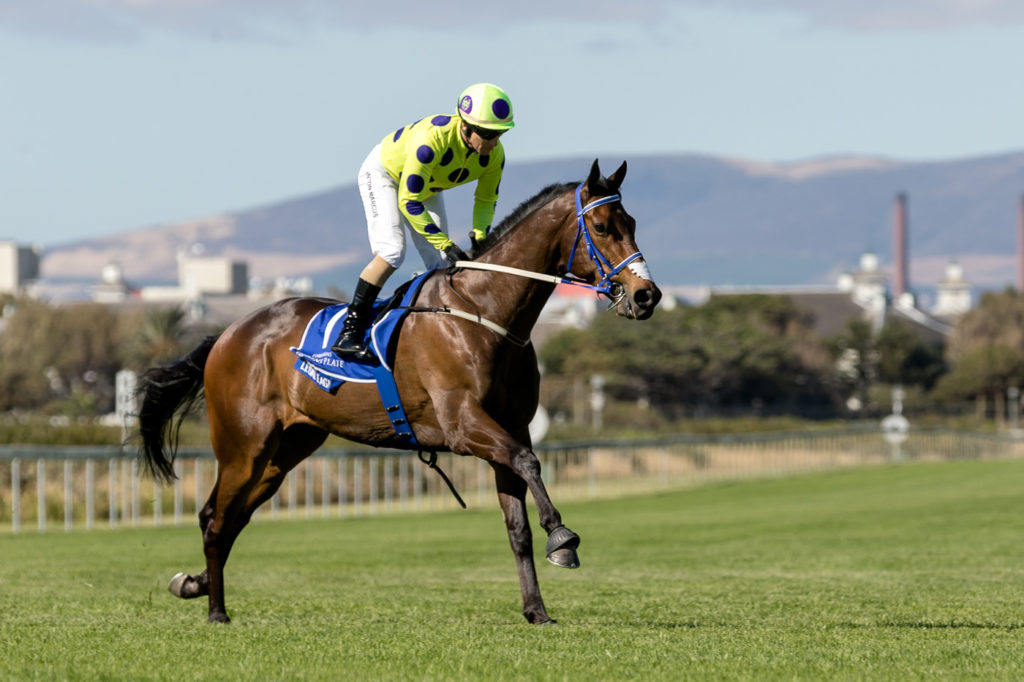
2
When I walked into Kenilworth for the first time in February 2006, a few days after arriving in this country, I thought: “Wow! What a racecourse.”
The stands were as good as anything in Ireland, and infinitely better than those on the majority of that country’s 26 courses, while the broad expanse of white-railed course and its beautifully mown lush green grass was a sight for sore eyes.
Everybody was friendly and helpful – Joey Ramsden seemed to know who I was, Brett Crawford told me how he had 100 horses for just one owner, and Justin Snaith said I was welcome to come and watch his horses work anytime.
The one thing I couldn’t understand was why there were so few spectators – only around 20 people watching the goings-on in the parade ring – even though admission was free.
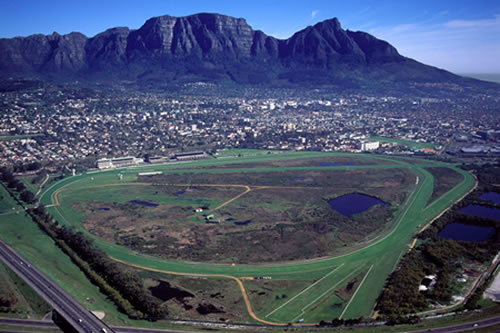
Even today I am puzzled, particularly when I look at those murals inside the grandstand showing the place packed to capacity.
I think I now have some of the answers.
For a start racing is not in the South African psyche, not in the way rugby and cricket are, and it is organised to generate betting turnover rather than appeal to the public.
Eight race cards, with 35 minutes between each race, is the norm – and on big days there are usually more with even longer intervals between races.
Who has got four or five hours to sit and watch nothing happening for half an hour at a time?
You’ve got to be a racing addict to want to do that, particularly when a 25-minute interval would be plenty long enough.

Seemingly, though, Phumelela wants to mix it with overseas races every five to ten minutes, and it seems to have persuaded many overseas countries to follow suit.
Could this be one of the reasons why attendances have been falling steadily around the world in recent years?
These days it’s all flat-racing, even though hurdle racing proved such a hit at the old Hunt Club meetings.
People in South Africa say jump racing is cruel. I say that’s b***s. Horses are bred to race, most like jumping and those that don’t wouldn’t be worth persevering with.
I hesitate to use a country as low in the racing rankings as Kenya as an example but when I was there the locals poured in whenever there was a hurdle race, and they packed the rails by the jumps.

People love the danger and seeing jockeys fall, or come close to doing so. It’s part of the attraction.
Even in racing-mad Ireland, most people wouldn’t cross the road to watch flat-racing but a minor evening jump meeting in the middle of nowhere can attract 8,000 people.
Hurdle racing would almost certainly attract people – and, by God, we have to increase attendances one way or another.

In the press room at Goffs
Speak to somebody uninterested in racing and the chances are that they will say: “But surely the whole thing is fixed?”
It may be a common misconception but it is a major disincentive to going racing.
If these people could see the sheer professionalism of the likes of the eagle-eyed Ernie Rodrigues, and the reveal-all quality of the TV pictures they work from, they would be fascinated – and converted. But how to get them there is quite another matter.
Of course not all horses are trying all the time. In this country we have prep races where it is accepted that a horse is being run to increase his chances of winning the big one.
If he runs on late when it is almost all over nothing is said. Maybe it should.
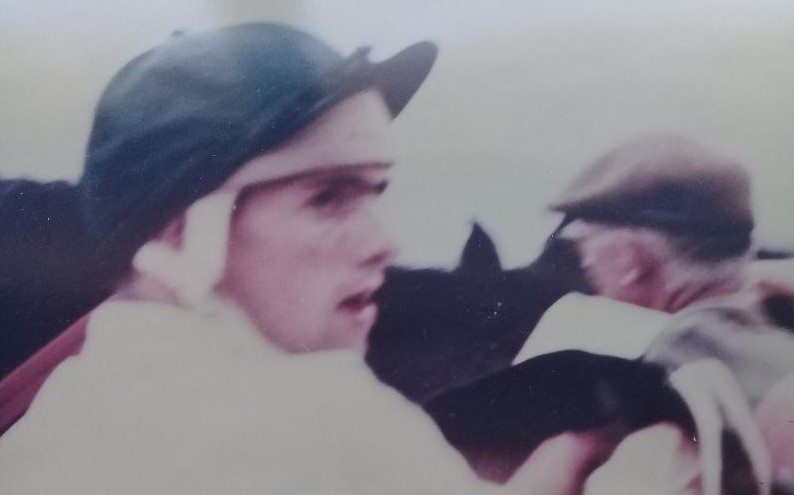
The Writer as a young jockey – unsaddles his first winner in 1968!
But that is not the same as a jockeys’ race where the riders agree the result beforehand – and I have never heard even a suggestion of this happening in South Africa.
In Kenya I secretly hoped that I would find myself in one – the professionals would have to arrange it so that the amateur won because he couldn’t be relied upon to play ball. Sorry to relate, such races only happened in my dreams.
The only time I have ever been involved in a race that was fixed was at an amateur meeting at a country course in Kenya. My horse was ridden by my girlfriend (now wife) who had ridden in races in Singapore but was unknown in Kenya. She started at a decent price and won by four lengths.
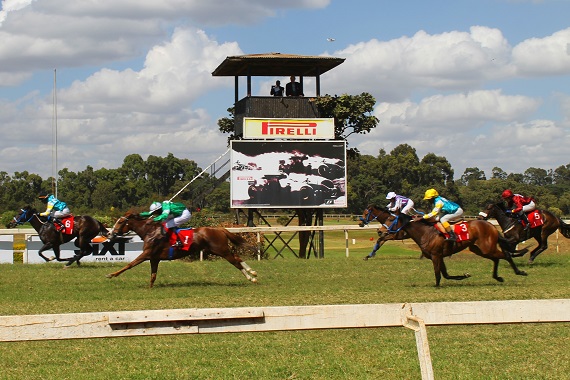
Unfortunately the race was started at the mile post rather than the nine furlong one.
The stewards declared it void and ordered it to be rerun after the last race.
My trainer, far from being put out, went to the connections of the other runners and arranged for only the first four to turn out again – and that they would finish in the same order.
The army man riding the second favourite proved to be an officer but no gentleman. Halfway up the straight he kicked for home and the race was as good as over by the time Tessa could not persuade her mount to get going again.
Being a racing journalist is a dream job but it does have it’s difficult, even dangerous, moments.

The writer receives the Champion tipster trophy in Kenya
On one occasion at Goffs Sales an eccentric trainer took a swing at me. He liked to put his purchases down to ‘Cash’ so that nobody would know he had bought them.
This appalling (in my eyes at least) practice was condoned by the sales company and, when I told him I was printing his name as the buyer, he let fly.
Fortunately I ducked just in time.
On another occasion I was tipped off that the winner of the Dingle Derby was a ringer.
The Derby is the highlight of the illegal (in the eyes of the Irish Turf Club) flapper season; the so-called pony racing is largely made up of ex-racehorses and is barred to anyone involved in racing proper.

The Turf Club sends spotters to the big-betting Derby solely to look for licensed trainers and jockeys. Anyone found there is in for the high jump.
But there is nothing in the regulations to stop racecourse photographers from attending and I was shown a photo of the winner with his distinctive white markings covered up with brown boot polish.
The photographer was adamant that it was a particular racehorse;I took the picture to the horse’s former trainer and asked him if it was this horse.
He was unhelpful, said he couldn’t be sure one way or another.
Then, lowering his voice, he turned to me and said: “Listen, don’t get involved. The owners are from Northern Ireland and they are dangerous.”
What he meant, but was careful not to say, was that they were either the IRA or the paramilitary protestant opposition.
Some people might have backed out but I have always believed that, doing a job which most racing enthusiasts would give their eye teeth for, you cannot cherry-pick your stories.
In any case if you ducked out once, who is to say that you wouldn’t do it again?
Two days later my story, complete with the photograph, was splashed all over the front page of The Sporting Life.
The next racemeeting I went to was an evening fixture at Leopardstown and, after doing my report, I was the last person to leave the racecourse.
My car was the only one left in the car park and it was right at the far end.
I was about to unlock the door when I saw wires hanging down from the steering wheel. This was Ireland at the height of the troubles. T
he wires could only mean one thing.
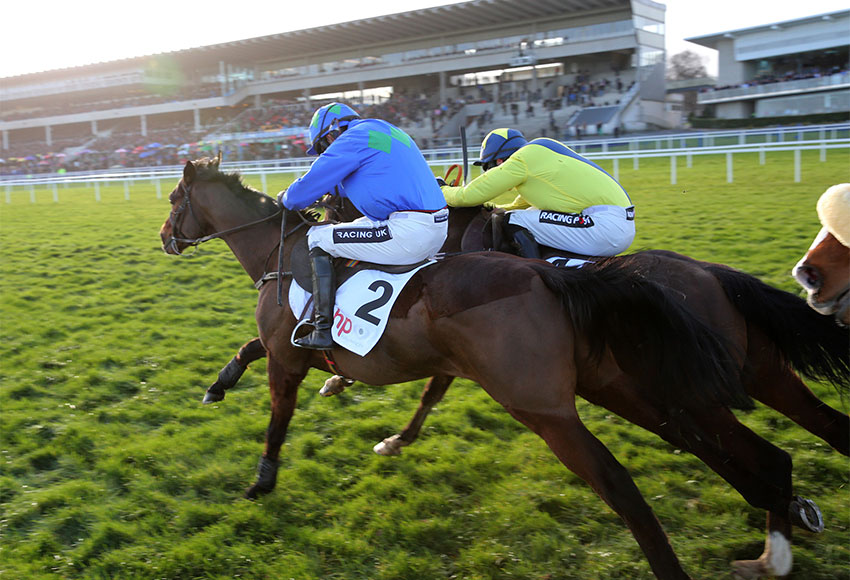
It was before the age of cell phones and remotes.
I went back to the stands, found a security man on the top floor and asked him to ring the police.
His eyes lit up. “I used to be in the police,” he said. “Let’s go and have a look.”
He walked twice round the car while I stood well back.
He then lay down on the ground and peered underneath it. He did the same from the other side, from the back and finally from the front. “I don’t think it’s a bomb,” he said, far from convincingly, as he got to his feet and brushed himself down. “Give me the keys.”
I handed them over and hastily retreated.
As he opened the door I prepared to throw myself to the ground as the first sheet of flame erupted.
Nothing happened. He got in, turned the ignition, and still no explosion. “I think it must have been car thieves trying to hot-wire the ignition,” he pronounced.
I took a lot of persuading before I got in and began the drive home, trying not to think of headlines like ‘Racing Journalist Blown To Bits by IRA Bomb.’
But back to South African racing.
We are well served by Tellytrack, although only to a point.
Hopefully the Mary Slack era will see things changing sufficiently to show all the interviews.
Surely we don’t need all those obscure French races from places nobody has ever heard of?
Independent Newspapers have let us down badly, presumably because they believe there is no longer enough interest to warrant proper coverage. Their contract with Gold Circle is due for renewal this month but you can name your own price about any improvement.
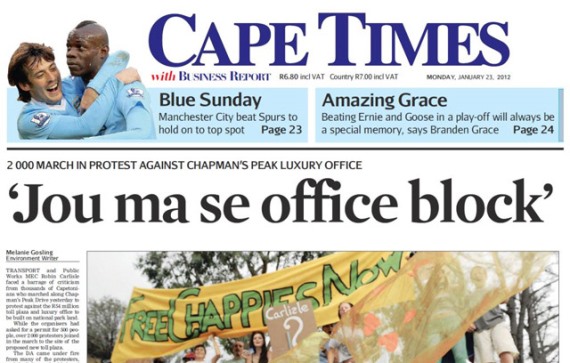
Fortunately we still have the Sporting Post and its website which is the best racing website I have come across anywhere in the world – and I don’t say that because it’s where this article appears.
Editor Lance Benson and his assistant are invariably on the ball with the news and they don’t hesitate to explore areas where many other journalists – particularly those employed directly or indirectly by the operators – don’t dare to tread.
The reader comments are particularly valuable and reveal what the ordinary punters and racing enthusiasts are thinking. These are the people most likely to return to the racecourse and, in their own way, are more important than any of us.








